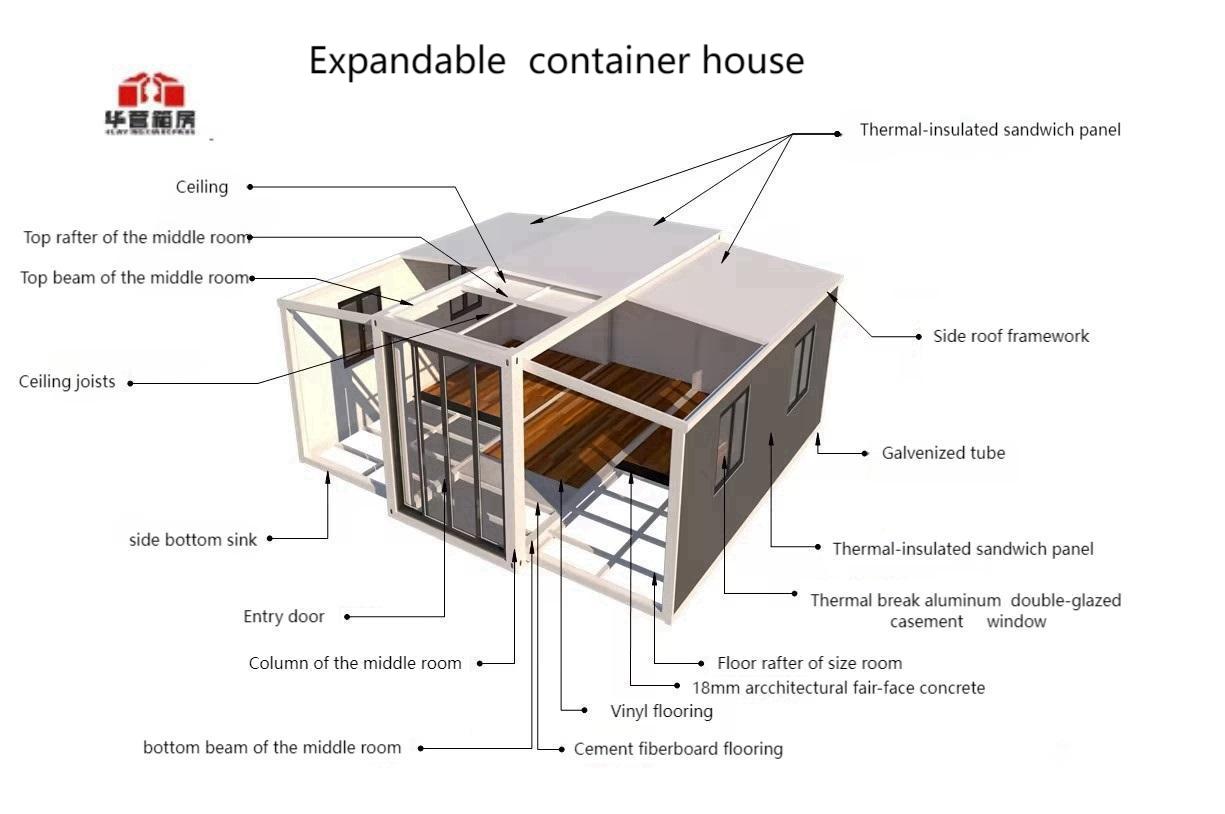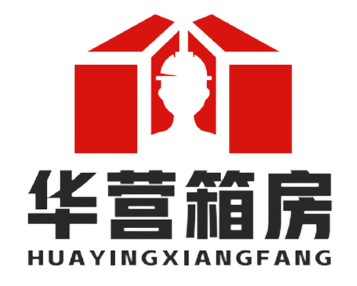Explore the evolving landscape of houses in China, from traditional courtyard homes to cutting-edge prefabricated structures. Discover how modern innovations like modular designs are revolutionizing construction speed, sustainability, and affordability, with a focus on the revolutionary dual-wing system that simplifies assembly without compromising quality.
When people think of houses in China, images of ancient courtyard homes or futuristic skyscrapers often come to mind. But today’s Chinese housing landscape is a dynamic fusion of heritage and high-tech innovation. As urbanization accelerates and environmental concerns grow, a quiet revolution is reshaping how homes are designed, built, and lived in across the nation. Let’s dive into this fascinating evolution and explore how modern solutions are addressing age-old challenges.
The Traditional Roots: From Siheyuan to Hutongs
For centuries, Chinese architecture centered around harmony with nature and family values. The iconic siheyuan (courtyard houses) of Beijing and intricate hutongs (alleyway neighborhoods) exemplify this philosophy. These homes featured inward-facing layouts designed for privacy, community, and natural ventilation. Built with timber frames, brick walls, and tiled roofs, they embodied sustainable principles long before “green building” became a buzzword. Even today, these elements influence modern designs, proving that tradition and innovation can coexist beautifully.
The Modern Shift: Urbanization and New Demands
China’s rapid urbanization over the past four decades created unprecedented housing demand. High-rise apartments became the norm in cities, offering density but often sacrificing individuality and connection to nature. Now, as middle-class values evolve, there’s growing appetite for homes that balance convenience with personalization. This shift has sparked interest in alternative construction methods—especially prefabricated and modular housing—that promise faster build times, lower costs, and reduced environmental impact.
Game-Changer: The Rise of Prefabricated Housing
Enter prefabricated houses: structures built in factory sections and assembled on-site. This approach is transforming China’s housing sector by slashing construction timelines from months to weeks while minimizing waste. But what makes these homes truly revolutionary is their adaptability. Whether for urban infill projects, rural revitalization, or disaster relief, prefabricated systems offer scalable solutions without compromising quality or aesthetics.
One standout innovation is the dual-wing structural system, which exemplifies this new era. Its ingenious design allows for rapid assembly while ensuring exceptional stability and insulation. Don’t just take our word for it—watch how effortlessly this system comes together:
As you can see, installation requires minimal specialized labor or heavy machinery. This democratizes quality housing, making it accessible even in remote areas. The system’s versatility supports various architectural styles, from sleek modernist villas to homes that incorporate traditional Chinese elements like sloped roofs and wooden accents.
Engineering Excellence: Inside the Dual-Wing Structure
What makes this system so efficient? The secret lies in its intelligent engineering. The dual-wing design features interlocking panels that create a seamless, airtight envelope while allowing for flexible floor plans. Structural integrity comes from high-strength steel frames and composite materials that withstand earthquakes and extreme weather—critical considerations in China’s diverse climates.
Here’s a closer look at the core components:

The diagram illustrates how the wings connect to form a unified shell, with integrated channels for utilities (electrical, plumbing, HVAC). This “plug-and-play” approach eliminates on-site cutting and fitting, reducing errors and delays. Meanwhile, precision manufacturing ensures each component meets rigorous standards for energy efficiency, with insulation values exceeding conventional construction by up to 40%.
Why This Matters: Benefits Beyond Speed
While fast assembly is impressive, the real value lies in broader impacts:
- Sustainability: Factory production cuts material waste by 70% compared to traditional builds. Recyclable steel and low-VOC finishes further shrink carbon footprints.
- Affordability: Streamlined processes reduce labor costs by 30-50%, making quality homes attainable for more families.
- Resilience: Engineered to last 50+ years with minimal maintenance, these homes outperform many conventional structures in durability.
- Customization: Modular units can be configured for single-family homes, multi-story apartments, or even mixed-use buildings—adapting to urban and rural needs alike.
Real-World Applications: From Villages to Cities
Across China, these innovations are solving pressing challenges. In rural areas, prefabricated homes are revitalizing villages by providing modern amenities without disrupting cultural landscapes. In cities, they’re enabling “vertical neighborhoods” with shared green spaces and community facilities. Even in disaster-prone regions, rapid-deployment housing offers immediate shelter while permanent reconstruction begins.
Take the case of a community in Yunnan Province: after an earthquake, 200 dual-wing homes were erected in just 45 days. Residents praised the comfortable indoor temperatures (thanks to superior insulation) and the ability to personalize layouts. Meanwhile, in Shanghai, a modular apartment complex achieved LEED Platinum certification by integrating solar panels and rainwater harvesting into the prefabricated system.
The Future: Smart Homes and Beyond
As China embraces “intelligent construction,” the next frontier is integrating IoT technology. Imagine homes that self-regulate energy use, monitor air quality, and adapt to occupants’ habits—all built into the prefabricated structure. Companies are already embedding sensors during manufacturing, creating “smart-ready” homes that reduce long-term operational costs.
Policy support is accelerating this shift. National guidelines now mandate prefabrication in 30% of new construction projects by 2025, with incentives for green building certifications. This isn’t just about meeting housing quotas; it’s about redefining what homes can be—sustainable, human-centric, and future-proof.
Conclusion: Building Tomorrow’s Heritage
Houses in China are no longer just shelters; they’re testaments to a nation balancing progress with preservation. By marrying time-honored principles of harmony and community with cutting-edge engineering, modern housing solutions like the dual-wing system are setting new global standards. They prove that speed, sustainability, and soul needn’t be mutually exclusive. As China continues to urbanize, these innovations offer a blueprint for the world: homes that honor the past while embracing the future, one precisely engineered panel at a time.
